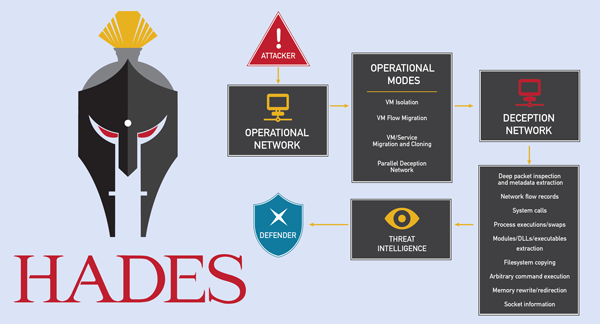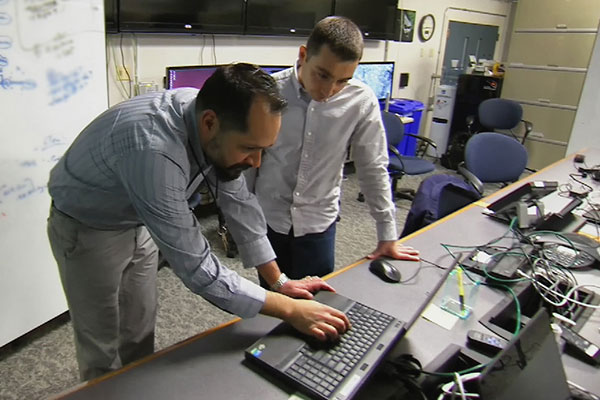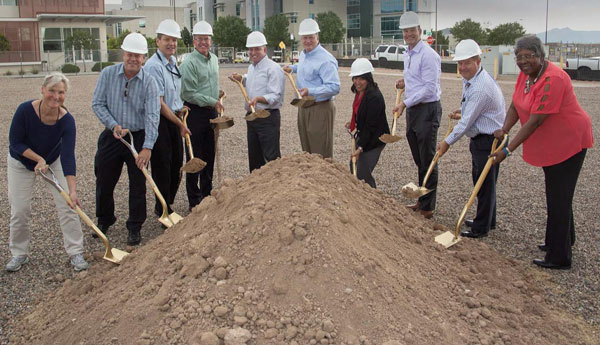
Until now, no single, integrated suite of tools has provided a comprehensive solution for detecting, deceiving, engaging, and analyzing the cyber adversary. The Highfidelity Adaptive Deception & Emulation System, or HADES, provides analysts the ability to isolate an attack while collecting raw intelligence about threat actors and their tools, tactics, and procedures. This increased awareness, and the ability to adjust the deception environment to provide the attacker with a realistic environment that is both challenging and evolving, enables cybersecurity professionals to better defend their networks from current attacks, learn their attacker’s methods and motives, potentially identify their attacker, and increase the time and resources the adversary must expend to successfully breach a cyber system. In an era of increasing sophistication among cyber criminals and state-sponsored threat actors, HADES could lead to a dramatically improved cybersecurity posture for American enterprises. (9300, LDRD)


SANDIA CYBER RESEARCHERS Vince Urias, in left photo, and Will Stout and Caleb Loverro, in right photo, have developed HADES, the High-fidelity Adaptive Deception & Emulation System, which won an R&D 100 Award in 2017.
In 2017, weapon response analysts in Surety Engineering & Weapons Quality worked with NNSA, Lawrence Livermore and Los Alamos national laboratories, and Pantex to develop, test, and implement new processes in nuclear explosive operations. Analysts worked on multiple projects — the W88 and B61 stockpile systems, the vacuum chamber, and the warhead measurement campaign — to reduce risk, increase efficiencies in production, and support joint NNSA defense and nonproliferation efforts. Team members, who averaged only two years of experience, benefitted from a new training program and enhanced peer review process in partnership with Nuclear Deterrence (2000).
The last of three projects intended to improve Sandia’s Mark Quality (MQ) production component acceptance process, Sandia Productions Centers (2500, 2600, 5200, 9400) this year introduced the Component Acceptance Plan/Quality Assurance Inspection Plan (CAP/QAIP). CAP/QAIP identifies critical requirements for product quality and simplifies the inspection process, reducing some product acceptance timeframes from two weeks to two days and achieving labor cost savings ranging from 40 to 80 percent, without decreasing product acceptance rigor. CAP/QAIP was instrumental in achieving Sandia’s first-ever Diamond/STAR Stamp authority. (9400)

On Sept. 14, 2017, Sandia broke ground on a new, ultra-modern computer annex designed by Sandia data center engineers to meet the needs of future high-performance computing systems. New building technology will help minimize water and energy use, and greenbuilding construction and an external solar panel field are expected to help achieve LEEDS certification. The multi-petaflop computer the facility is intended to contain is expected to be as much as a hundred times faster than the storied Red Storm supercomputer, housed in an adjoining center in the early 2000s, in performing large scale weapons simulations.
In 2017, the newly formed Quality Assurance (9100) team applied its specialized technical, systems, and quality assurance expertise to organizations across the Labs to help ensure the continued delivery of exceptional products and services. Highlights include the update of Sandia’s Quality Assurance Program regulatory document and corporate roles definitions, managing issue closure efforts during the review of Sandia’s highest-risk processes for the incoming NTESS management team, implementation of a Labs-wide quality assurance process through blanket ISO certification, and creation of more user-friendly corporate acronym and dictionary manager and policy informational programs.
During the past fiscal year, Product Acceptance and Supplier Quality has pursued Diamond/STAR Stamp authority, which would allow Sandia to accept Mark Quality products as a delegate of NNSA and help speed component delivery to meet increased production demand from the Nuclear Weapons programs. To consider awarding this authority, NNSA-SFO performed 14 Quality Assurance Surveys (QAS) to assess inspector competence, procedure and process compliance, and the ability for inspectors to make the right technical judgements, which Sandia passed with a 100 percent performance inspection grade. This outstanding record gave NNSA/SFO the confidence to grant Sandia interim authority, with full Diamond/STAR Stamp authority to follow.